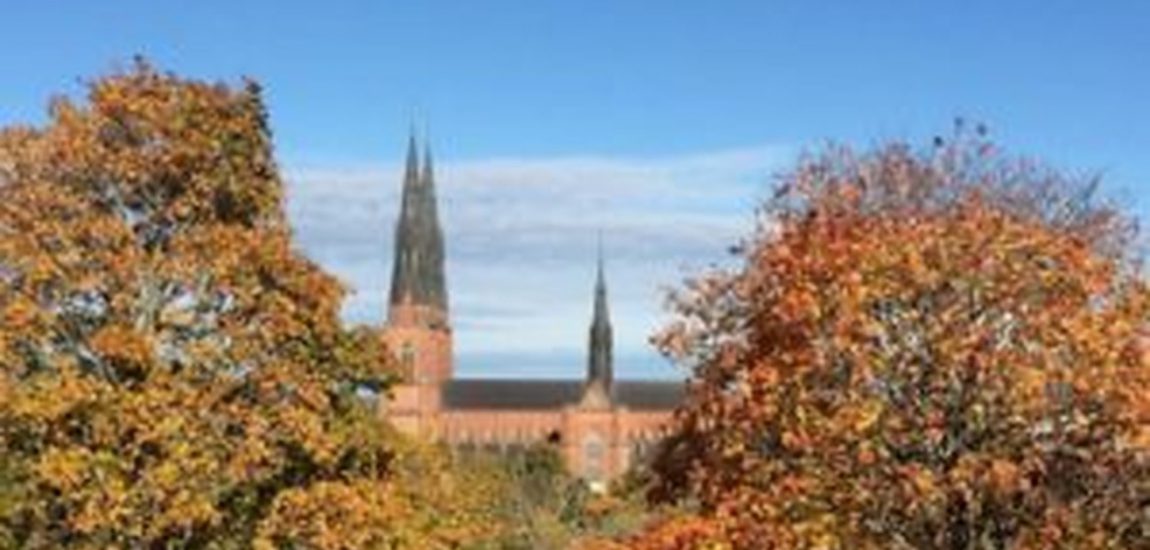
EAG student sponsorship: I went to Uppsala to scatter.
Looking at minerals on a nanoscale helps us to understand their behaviour, and we can certainly learn from them for our advantage. Minerals that are highly reactive in ambient environments are not usually well understood because of difficulties in sample preparation and analysis. Such reactive minerals include green rusts (GR), a family of Fe2+– Fe3+ based layered double hydroxides that have been demonstrated to remediate a handful of environmental contaminants. One of my curiosities is the evolution of GR during its transformation. I ask, what happens to the GR structure when it is used for reduction processes? To what extent can we probe these changes in terms of temporal and spatial resolution? What technique is best fit to answer these questions?
With the help of student sponsorship from the EAG, I went to Uppsala, Sweden, to attend an advanced powder diffraction workshop hosted by Uppsala University. The event was organized by Aarhus University to help researchers work on their current science questions and on how different scattering techniques may be applied to formulate answers. The 3-day workshop was composed of both lectures and hands-on sessions. Since the course is “advanced”, most of the lectures were overviews of software applications as well as data interpretation on x-ray and neutron diffraction. The lectures were attended by people from different fields and levels in academia. The hands-on sessions though, were exclusively for Master to PhD students, which in my opinion, was really advantageous for conducive learning. I chose to attend a session about pair distribution function analysis (PDF) – my main learning objective during this event. PDF is a high-resolution scattering technique that resolves typical X-ray diffraction into atomic distances. This particular technique is appealing for scientists like me, who would prefer to visualize data in real space rather than number crunch. One thing though, a good X-ray source is needed to get a good PDF data. So, access to synchrotron facilities is quite handy for this technique.
The workshop came about from fruitful collaboration among various Scandinavian institutions in preparation for the operation of two new synchrotron sources – MAX IV and European Spallation Source, both located in Lund, Sweden.
Science aside, the event came with a Swedish Fika every afternoon and a sumptuous dinner every night for everyone to enjoy. These were opportunities to network and discuss everyone’s work and just about anything under the sun. The technique based workshop successfully gathered academics from different fields of research. I gained some valuable insights through meeting fellow PhD colleagues working on completely unfamiliar areas of study. The discussions forced me to step away from my research bubble and see other perspectives. A refreshing experience. The synergy was alive because, even though we all came from different scientific backgrounds, we had a common understanding of powder diffraction. With this in mind, I am excited to apply the inputs that I gained in the interpretation of data in my project (Metal-Aid).
